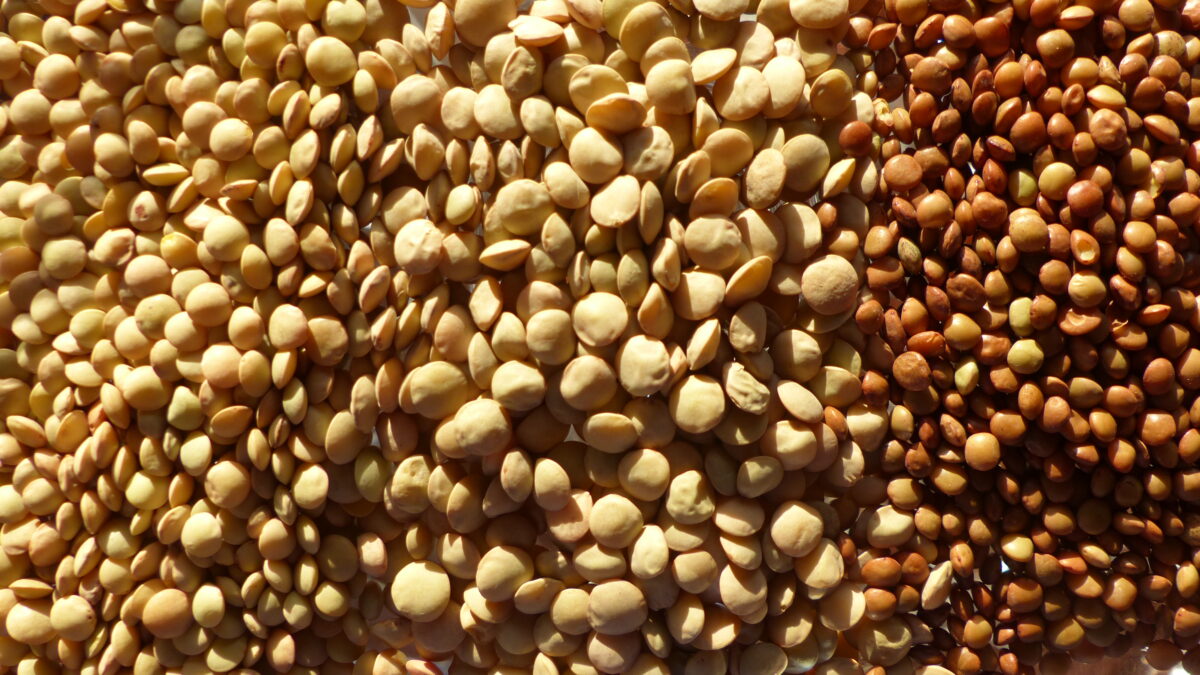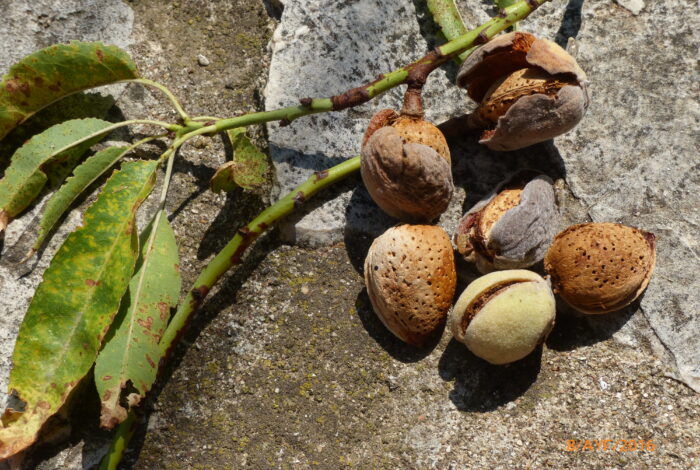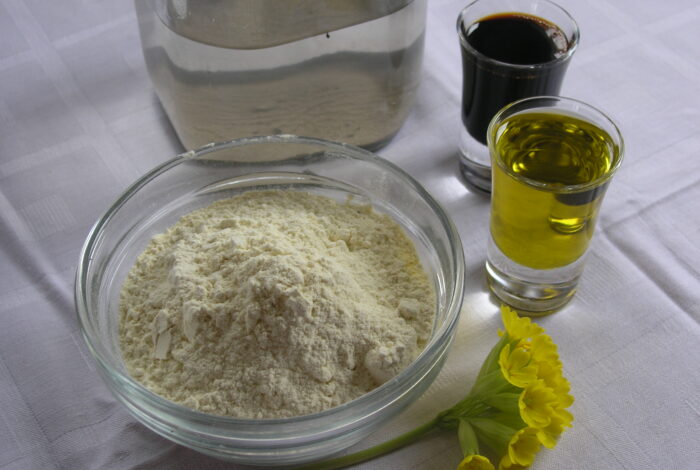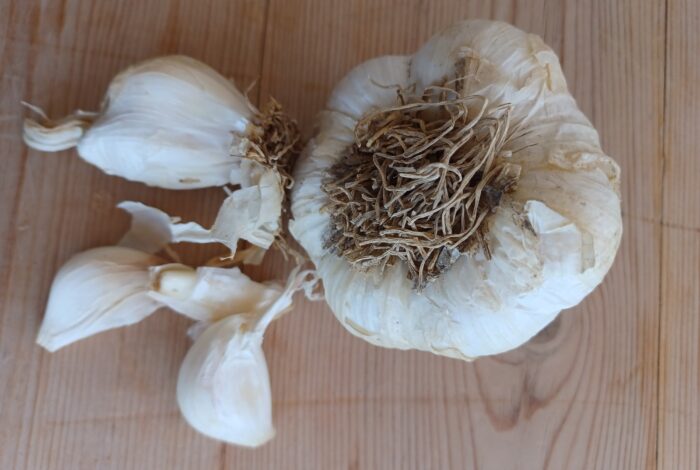Greeks have consumed lentils since prehistoric times. Hunter/gatherers who lived at Franchthi cave in Argolis about 11,000 years ago, long before the dawn of the first Neolithic farming communities, are known to have consumed a wild variety of lentil. In fact, lentil seeds are some of the most common archaeological finds in Neolithic settlements in Greece, dating to as early as the 7th millennium BC. They are prevalent among archaeological findings throughout Greece into the final millennia of the prehistoric era, from the late 4th millennium BC through the end of the Bronze Age. In historical times, we have a remarkable number of references to lentils, their varieties and ways of cooking them. According to Phaenias, as transmitted by Athenaeus in his Deipnosophistae, lentils could be prepared either as a soup – known as faki – or as a thick gruel the ancient Greeks called etnos, specifically fakinon etnos. In fact, according to the comic poet Aristophanes, they even used a special ladle to serve etnos. Lentils were often mentioned in ancient comedy and appear to have been a staple food of the ancient Greek diet. According to the poet Solon, who wrote poetry in the 7th/6th c. BC, lentil soup was often eaten mixed with a special baked good known as gouros. Two lentil-based dishes from antiquity are fakoptisani and volvofaki. There is even a reference to a lentil-based confection, laganofaki, in a passage from a papyrus scroll. The ancient poet Sopater mentions a bread made of lentils that was especially popular in Alexandria, in Egypt. In addition to its use as an ingredient in ancient breads, lentil flour also had pharmaceutical uses, as did lentils in general. In fact, Hippocrates mentions numerous pharmaceutical formulations with lentil flour as an ingredient.
Ancient Greek literary sources, whether comedies or medical texts, contain extensive references to lentils, demonstrating the food’s impressive longevity as a dietary staple in Greece from prehistory right through to the historical period. This preference for lentils in Greek cuisine is still evident in modern Greek homes. Served as a soup, it preserves its ancient name, faki, and is a popular dish served during periods of fasting, in accordance with the Greek Orthodox tradition. There are also noteworthy local varieties of lentil, such as those of Englouvi in Lefkada and Voio near Kozani.
Bibliography
Valamoti S.M. 2023 Plant Foods of Greece: A Culinary Journey to the Neolithic and the Bronze Ages. Tuscaloosa, University of Alabama Press
Valamoti, S.M., Fyntikoglou, V., Symponis, K. 2022. Food Crops in Ancient Greek Cuisine: An Archaeobotanical and Textual Study. Thessaloniki, University Studio Press.

Image 1. Carbonised lentils from the neolithic house of Sosandra in Western Macedonia. Photograph from S.M. Valamoti, V. Fyntikoglou, K. Symponis 2022, Food Crops in Ancient Greek Cuisine: An Archaeobotanical and Textual Study, Thessaloniki, University Studio Press.

Image 2. Modern lentil seeds of different varieties. Photograph from S.M. Valamoti, V. Fyntikoglou, K. Symponis 2022, Food Crops in Ancient Greek Cuisine: An Archaeobotanical and Textual Study, Thessaloniki, University Studio Press.










